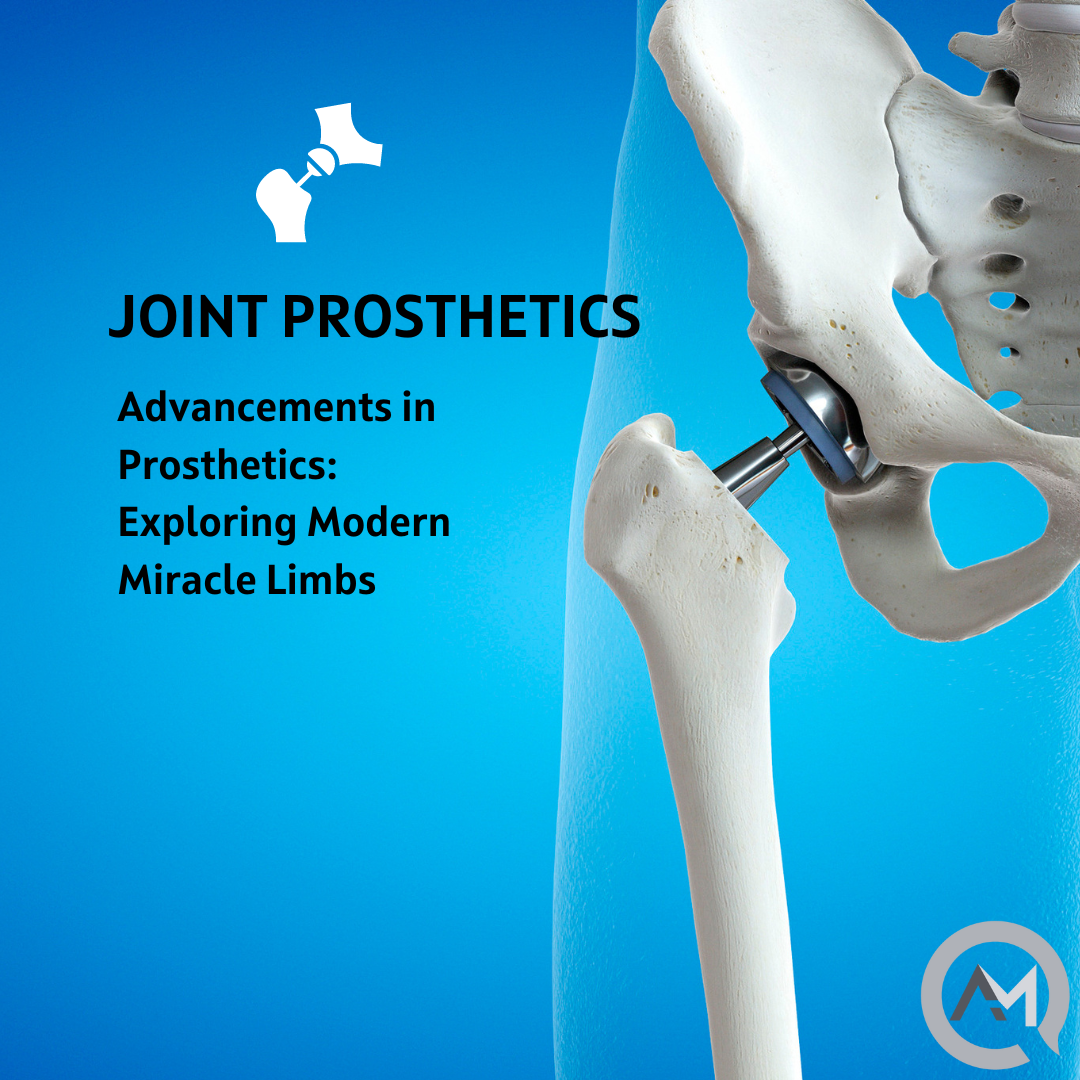In the realm of medical technology, prosthetics have evolved from basic mechanical replacements to highly sophisticated, customizable devices that mimic natural human movement. The rapid advancements in prosthetic technology have not only transformed the lives of amputees but also paved the way for a new era in healthcare. This blog post delves into the cutting-edge developments in prosthetics, exploring the innovative designs and breakthroughs that are shaping the future of artificial limbs.
I. The Evolution of Prosthetics:
To truly appreciate the current state of prosthetics, it's essential to trace the evolution of artificial limbs. Early prosthetics were simple, often wooden attachments that provided basic functionality. Over the years, advancements in materials and engineering have led to the development of more realistic and functional prosthetics.
II. Myoelectric Prosthetics:
One of the most significant breakthroughs in recent times is the advent of myoelectric prosthetics. Unlike traditional prosthetics that rely on cables and harness systems, myoelectric prosthetics use muscle signals to control the movement of the artificial limb. Electrodes placed on the skin detect muscle contractions, allowing users to perform intricate movements with greater precision.
Research centers and manufacturers specializing in myoelectric prosthetics have been at the forefront of this technology. They invest heavily in understanding the intricacies of muscle signals and developing advanced sensors to enhance the user experience. These prosthetics offer a level of dexterity and natural movement that was once thought impossible.
III. Mind-Controlled Prosthetics:
Taking the concept of myoelectric prosthetics a step further is the development of mind-controlled prosthetics. Researchers are exploring the integration of brain-machine interfaces to enable users to control their prosthetic limbs through their thoughts. This groundbreaking technology holds immense promise for individuals with limb loss, providing them with a seamless and intuitive way to interact with their artificial limbs.
Source: Neuroprosthetics research centers
IV. 3D Printing Revolution:
Another remarkable advancement in prosthetics is the widespread adoption of 3D printing technology. Prosthetic limbs can now be custom-designed and manufactured using 3D printing, offering a level of personalization that was previously unavailable. This not only ensures a better fit for the user but also allows for cost-effective and rapid production.
Prosthetic research centers and manufacturers leveraging 3D printing are pushing the boundaries of design possibilities. Limbs can be tailored to match the user's anatomy and preferences, resulting in prosthetics that are not only functional but also aesthetically pleasing. Additionally, the use of lightweight and durable materials further enhances the comfort and usability of these modern miracle limbs.
V. Sensory Feedback and AI Integration:
Advancements in prosthetics extend beyond movement control and physical appearance. Researchers are actively exploring ways to provide sensory feedback to users, allowing them to experience touch and temperature through their artificial limbs. This sensory integration enhances the user's connection with the prosthetic, making it feel more like a natural extension of their body.
Artificial intelligence (AI) plays a crucial role in optimizing the functionality of modern prosthetics. AI algorithms analyze data from sensors and user interactions to adapt and optimize the prosthetic's performance over time. This continuous learning process ensures that the artificial limb evolves with the user's needs, providing a truly dynamic and responsive experience.
VI. Bionic Limbs and Powered Exoskeletons:
The concept of bionic limbs and powered exoskeletons has captured the imagination of both researchers and the general public. Bionic limbs aim to replicate not only the movement but also the strength and power of natural limbs. Through advanced robotics and mechanical engineering, manufacturers are developing prosthetics that enable users to perform tasks that were once considered impossible.
Powered exoskeletons take the idea of assistive technology to a new level. These wearable devices support and enhance the user's physical abilities, allowing them to walk, climb stairs, and engage in various activities with greater ease. While not a direct replacement for limbs, powered exoskeletons showcase the potential of merging robotics with prosthetics to augment human capabilities.
Source: Bionics research centers and exoskeleton manufacturers
VII. The Role of Prosthetic Research Centers and Manufacturers:
Prosthetic research centers and manufacturers are integral to the ongoing advancements in artificial limbs. These institutions collaborate with scientists, engineers, and medical professionals to drive innovation in prosthetic technology. Their commitment to research and development ensures that users have access to the latest and most advanced prosthetic solutions.
These centers often conduct clinical trials to assess the safety and effectiveness of new prosthetic designs. User feedback plays a crucial role in refining and improving prosthetic technologies, ensuring that they meet the diverse needs of the amputee community. Additionally, manufacturers work closely with healthcare providers to ensure that prosthetics are seamlessly integrated into the overall healthcare ecosystem.
Conclusion
The field of prosthetics has undergone a remarkable transformation, with modern miracle limbs offering unprecedented levels of functionality, customization, and integration with the human body. From myoelectric prosthetics to mind-controlled limbs, 3D printing, sensory feedback, and bionic technologies, the possibilities seem limitless. Prosthetic research centers and manufacturers continue to push the boundaries, driven by the shared goal of enhancing the quality of life for individuals with limb loss.
As we look toward the future, the collaboration between technology and healthcare holds the promise of even more incredible advancements. The evolution of prosthetics is a testament to human ingenuity, compassion, and the relentless pursuit of innovation. In the not-too-distant future, we may witness a world where artificial limbs are not just replacements but enhancements, seamlessly integrated into the human experience.

